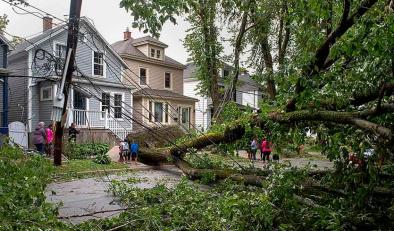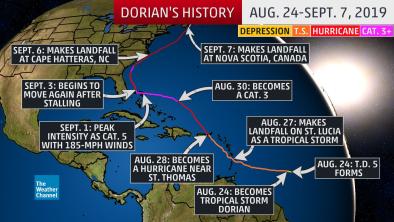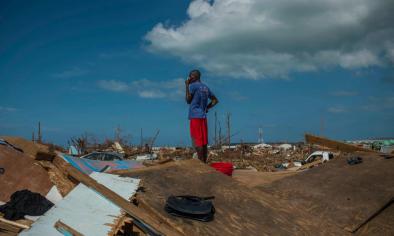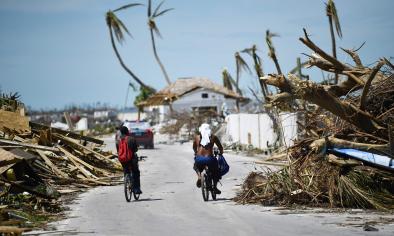Why Are Hurricanes Like Dorian Stalling, and Is Global Warming Involved?
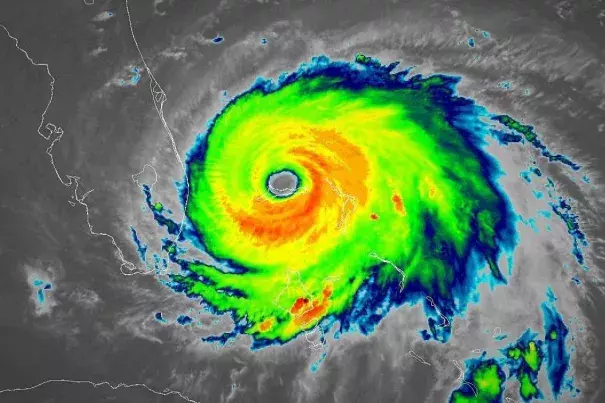
Hurricane Dorian's slow, destructive track through the Bahamas fits a pattern scientists have been seeing over recent decades, and one they expect to continue as the planet warms: hurricanes stalling over coastal areas and bringing extreme rainfall.
Dorian made landfall in the northern Bahamas on Sept. 1 as one of the strongest Atlantic hurricanes on record, then battered the islands for hours on end with heavy rain, a storm surge of up to 23 feet and sustained wind speeds reaching 185 miles per hour. The storm's slow forward motion—at times only 1 mile per hour—is one of the reasons forecasters were having a hard time pinpointing its exact future path toward the U.S. coast.
...
Recent research shows that more North Atlantic hurricanes have been stalling as Dorian did, leading to more extreme rainfall. Their average forward speed has also decreased by 17 percent—from 11.5 mph, to 9.6 mph—from 1944 to 2017, according to a study published in June by federal scientists at NASA and NOAA.
Related Content
